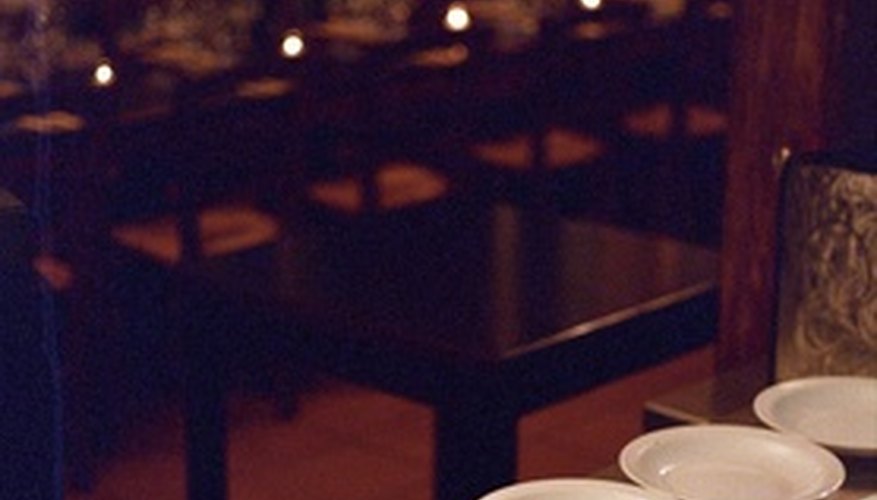Culinary tourists seek grand adventures concerning food and wine activities from cultures. This interest has developed into a growing market economy for restaurants and wineries. Because these tourists want to appreciate cultural, traditional and regional cuisine experiences, there are tourism markets developed with palate-pleasing ideas in mind. Interested tourists may experience tours through culinary facilities; food and wine tasting classes at cooking schools; and events specialising in food and wine festivals.
Serious Culinary Tourism
Certain characteristics of culinary travellers can influence the way the tourism markets are shaped. Casual culinary tourists will usually engage in food and wine tasting activities, only when experiencing something unique to their normal dining experience. Yet serious culinary tourists actively shape their vacations to create memorable dining and shopping experiences. A serious culinary tourist will research epicurean magazines and publications to choose a destination catered toward experiencing local cuisine. The traveller will visit state parks, national parks and museums featuring food and wine cultural experiences.
- Certain characteristics of culinary travellers can influence the way the tourism markets are shaped.
- Casual culinary tourists will usually engage in food and wine tasting activities, only when experiencing something unique to their normal dining experience.
Food Tourist Characteristics
Serious culinary travellers are classified into different market segments and characteristics, depending on their gourmet activities. Food tourists normally take trips with their spouses and children, while either staying with family in other local and national regions or making reservations at gourmet restaurant accommodations. These trips can be fewer in number than those within other culinary market segments, but these tourists are more active. The tourists experience the sights of farmers' fairs and markets; dine at internationally-acclaimed restaurants and visit pick-your-own farm operations.
- Serious culinary travellers are classified into different market segments and characteristics, depending on their gourmet activities.
- These trips can be fewer in number than those within other culinary market segments, but these tourists are more active.
Wine Tourist Characteristics
Travellers wishing to indulge themselves in the unique flavours and tastes of fine liquor and wine will tour areas specialising in day-trips to wineries and vineyards. Wine tourists take more trips than food tourists, but are less likely to visit family along the way and engage in fewer activities. These tourists tend to tour wine regions for tastings, with a vacation stay of one or more nights, relying on word-of-mouth to find the best wine-tasting events.
Food and Wine Tourist Characteristics
Food and wine tourists experience more cuisine-related activities than travellers who specialise in just food or a wine vacations. Food and wine tourists engage in shopping excursions at gourmet food stores, learn about cooking techniques and equipment, tour food-related museums, visit heritage food festivals and sample a wide arrange of food and drink. Food and wine tourists are most often couples who stay at resorts, hotels and country inns.
